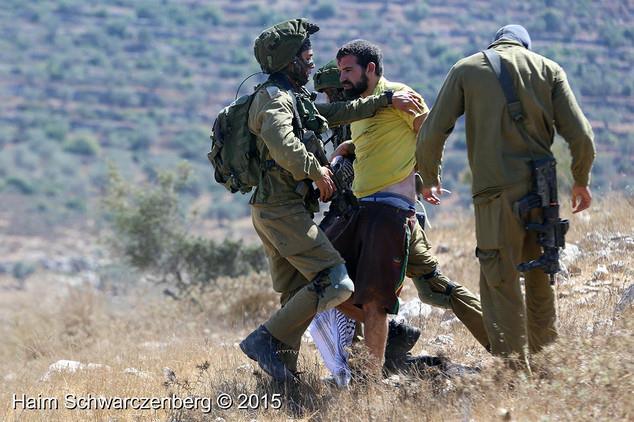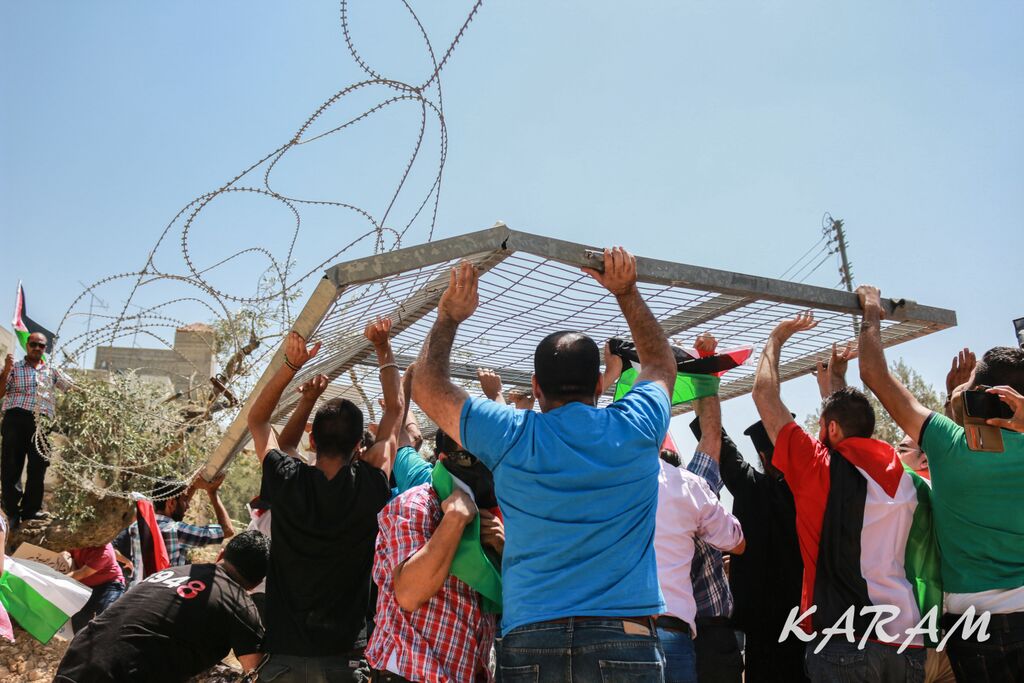Category: Video
-
Italian activist arrested and beaten up in occupied Palestine
31st August | International Solidarity Movement, al-Khalil Team | Hebron, occupied Palestine Update 31-08-2015 20:00: Vittorio Feras court this morning again did not take any final decisions. It was ruled to release him on a 3000 shekel bill under the condition that he stay in Jerusalem and not leave the country until yet another court date on…
-
Violent arrest of Palestinian man in al-Khalil (Hebron)
29th August 2015 | International Solidarity Movement, al-Khalil Team | Hebron, occupied Palestine A 52-year old Palestinian man was arrested at Shuhada checkpoint in al-Khalil (Hebron) yesterday, for ‘not obeying soldiers’ orders. Israeli forces painfully handcuffed and blindfolded him. Around 1:30 pm, Hisham Azzeh walked through Shuhada Checkpoint in order to reach his house that…
-
Hundreds protest against Israeli seperation wall in Bait Jala
Sunday morning around 300 Palestinians and Internationals demonstrated side by side to block the uprooting of olive yards related to the construction of the apartheid-wall. The protesters where all non-violent and all stood up for the Palestinians rights and for a free Palestine. Protesters successfully removed the illegal metal fence, which was put up by the…



